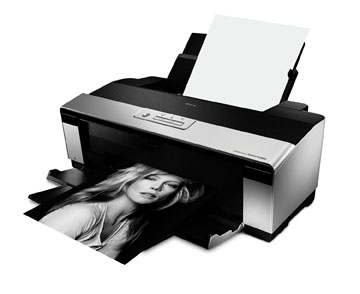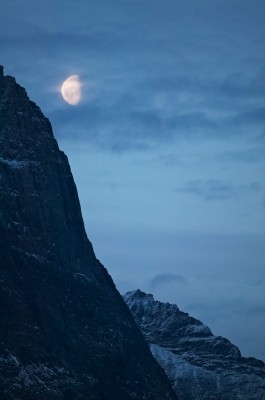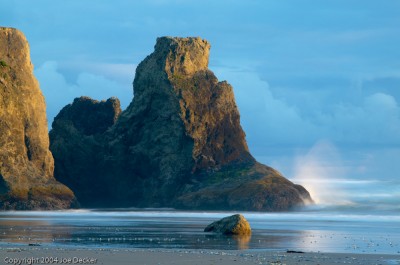When the Light isn’t Right

Sunday the light just wasn’t working for me.
Don’t get me wrong, it wasn’t ugly out. It was a beautiful blue-sky day in far Northern California, where I was just finishing up a much-too-short run to spend a couple days in the redwoods, in part as part of the Save Our State Parks effort. The trip was amazing. But yesterday, full sun and 30 miles-per-hour winds left me uninspired.
Now, I’m far from the first photographer to observe that “the light isn’t right” is often as much a statement about the photographer as the light itself. Yes, it’s likely that a sufficiently creative photographer will find a way to make great images in any light she or he ends up with. On the other hand, it’s also true that some types of light really fit my photographic vision better than others. And no matter what the cause, the question remains, what to do with a day like that? (more…)


